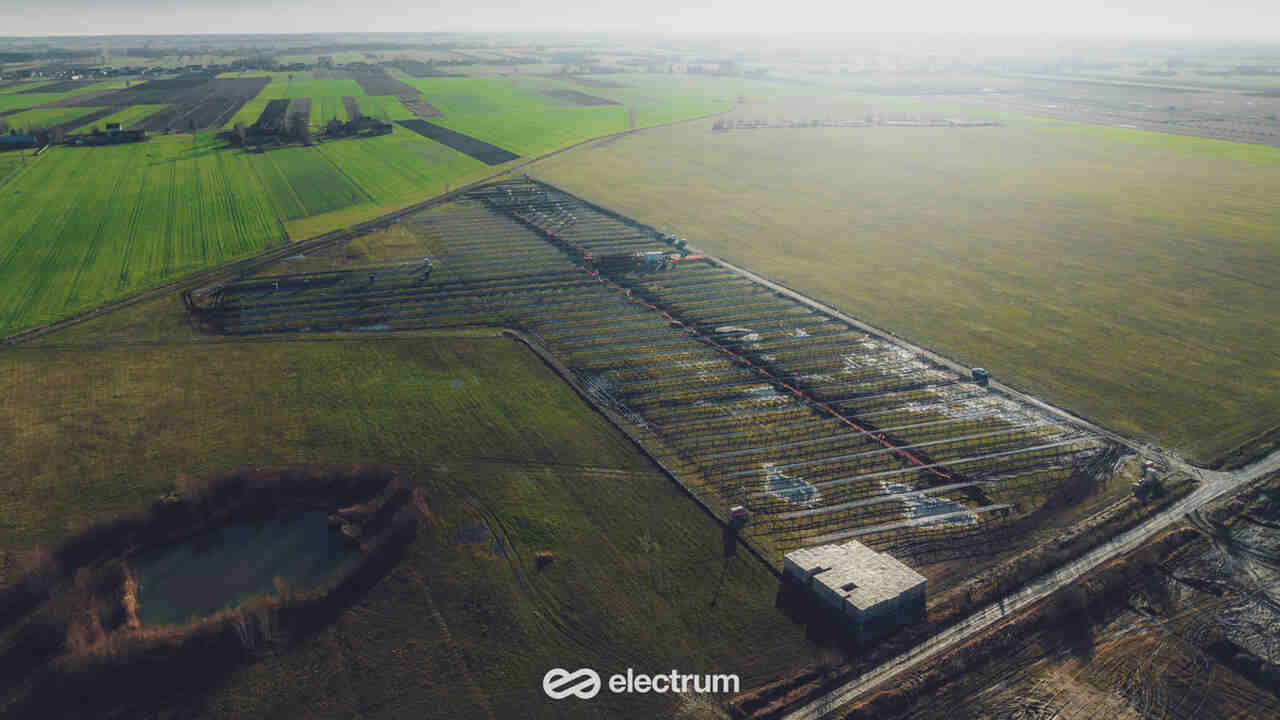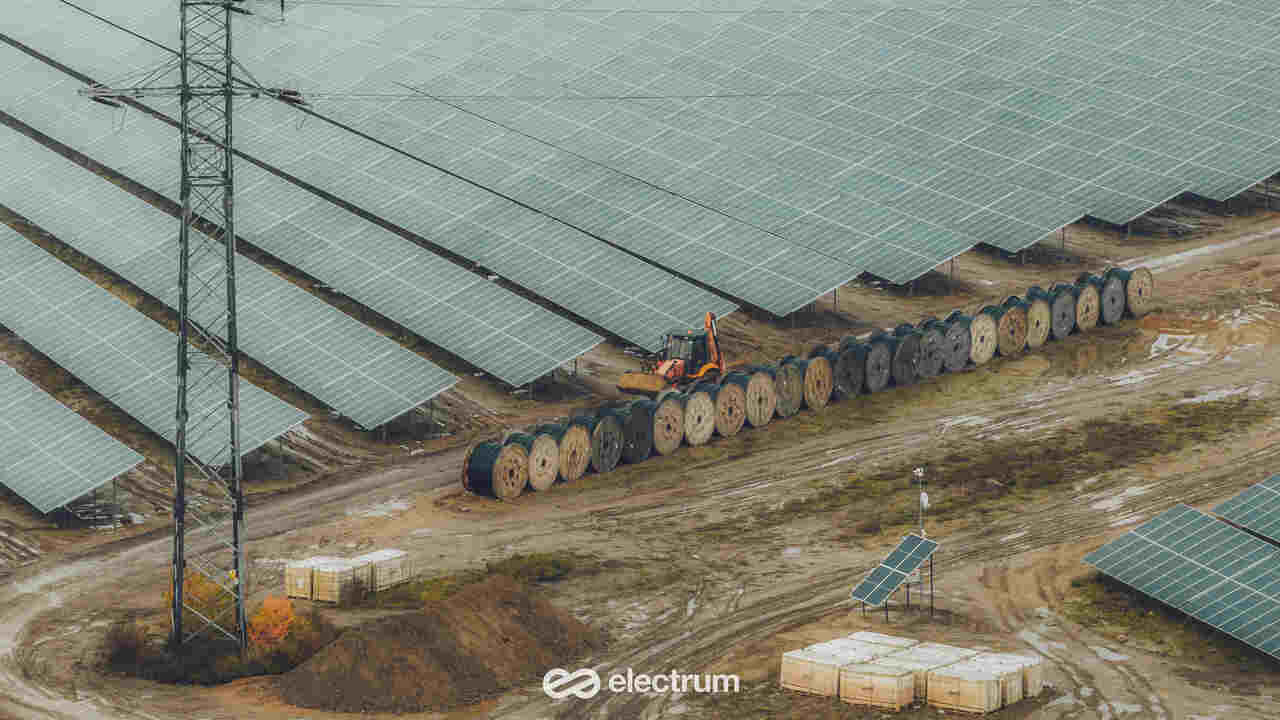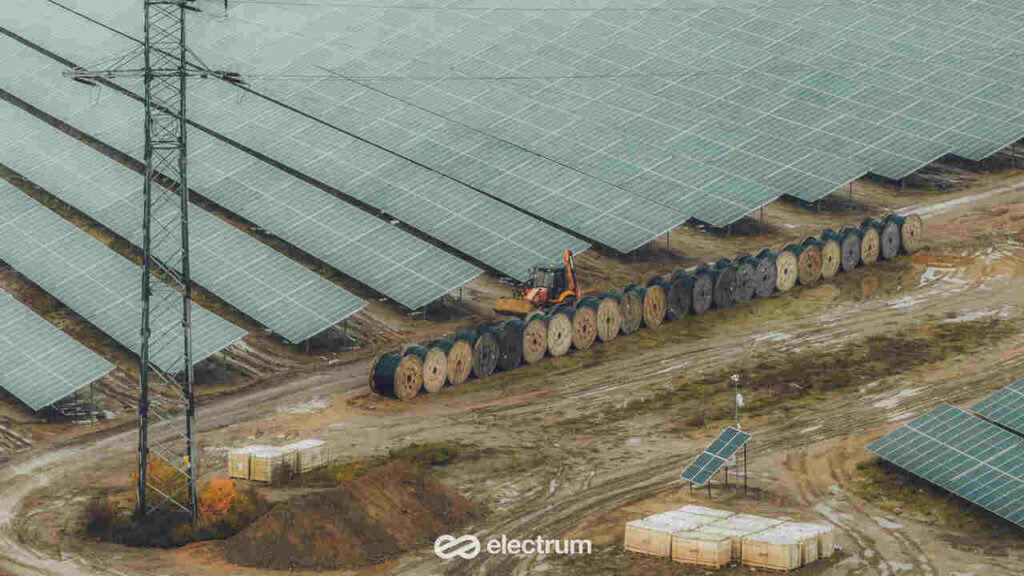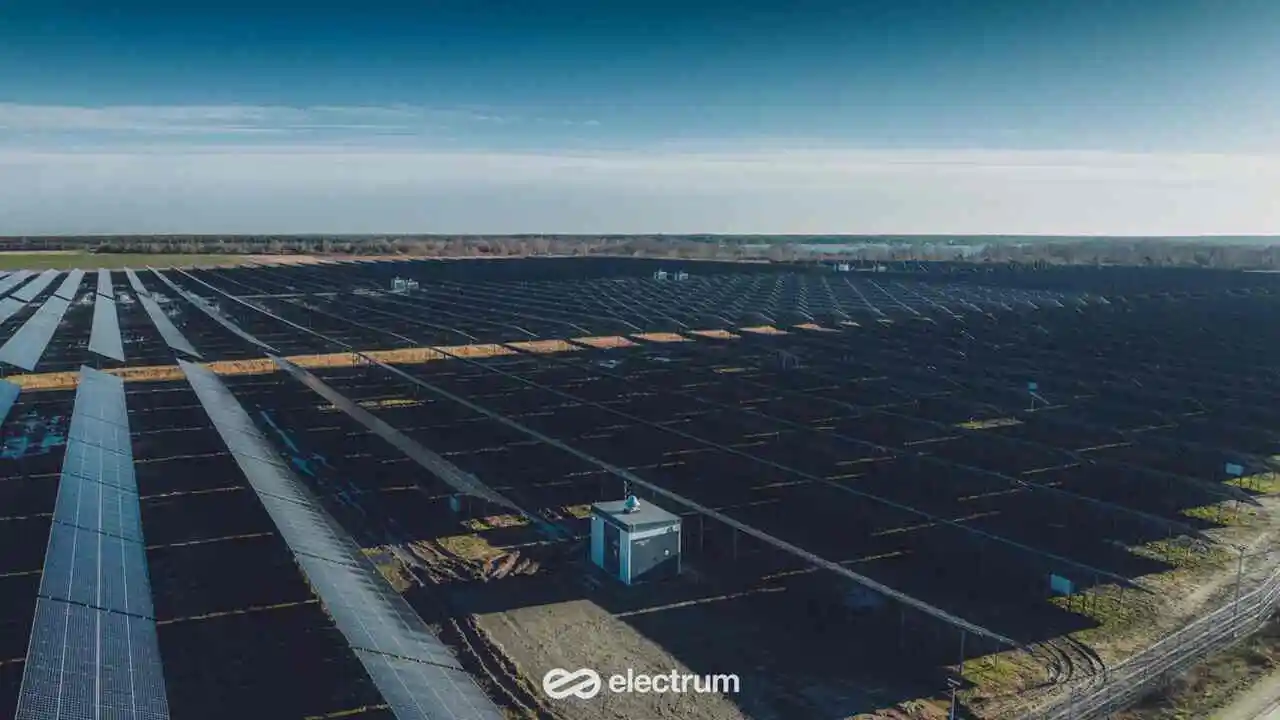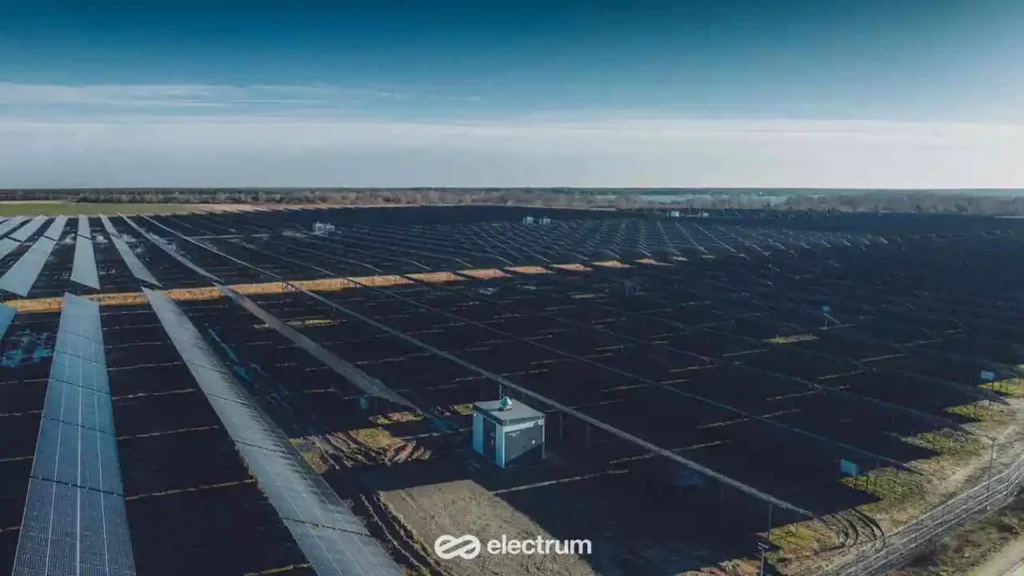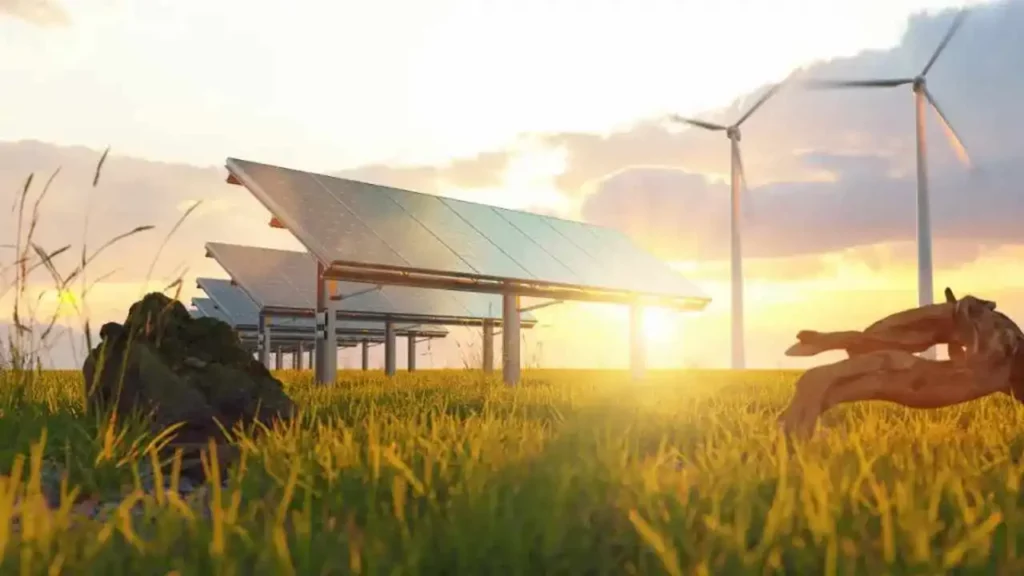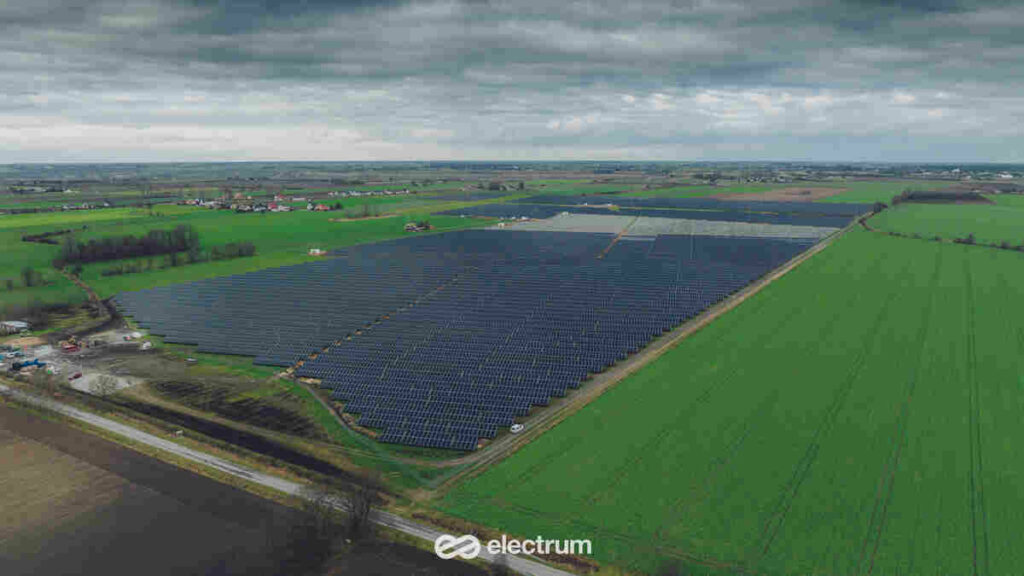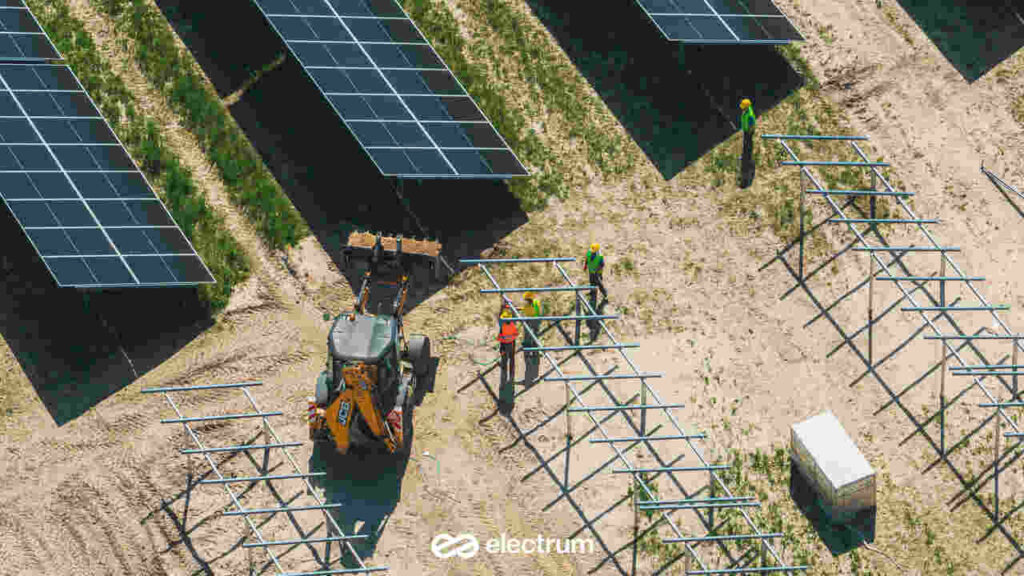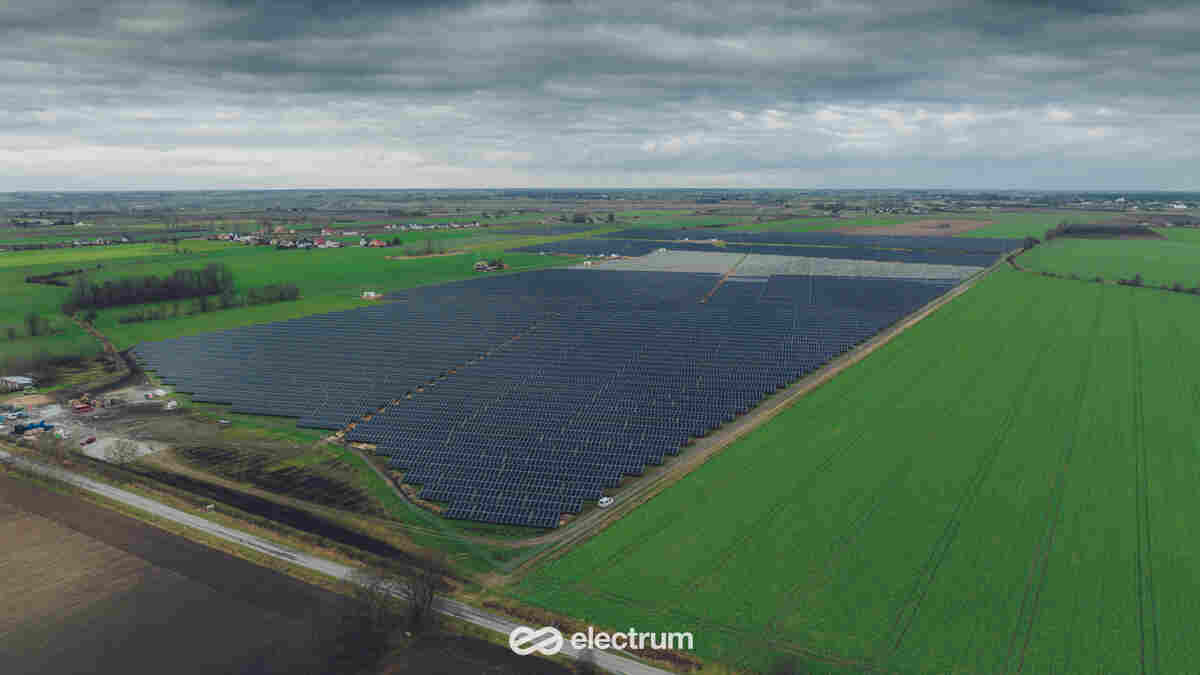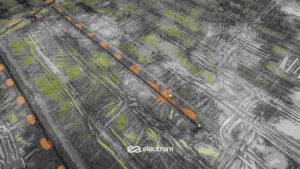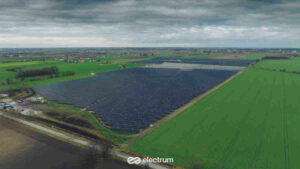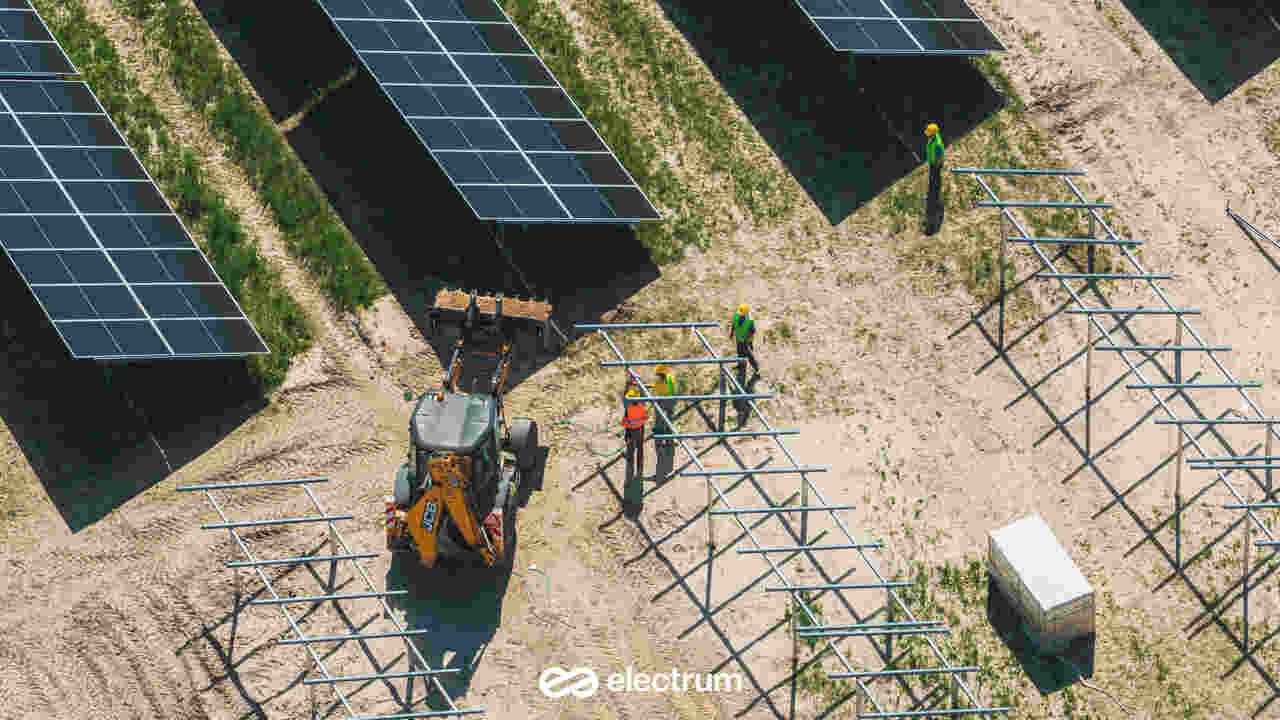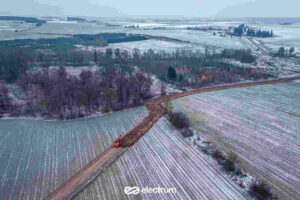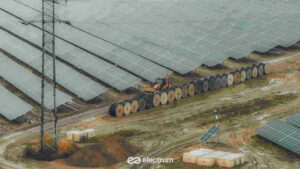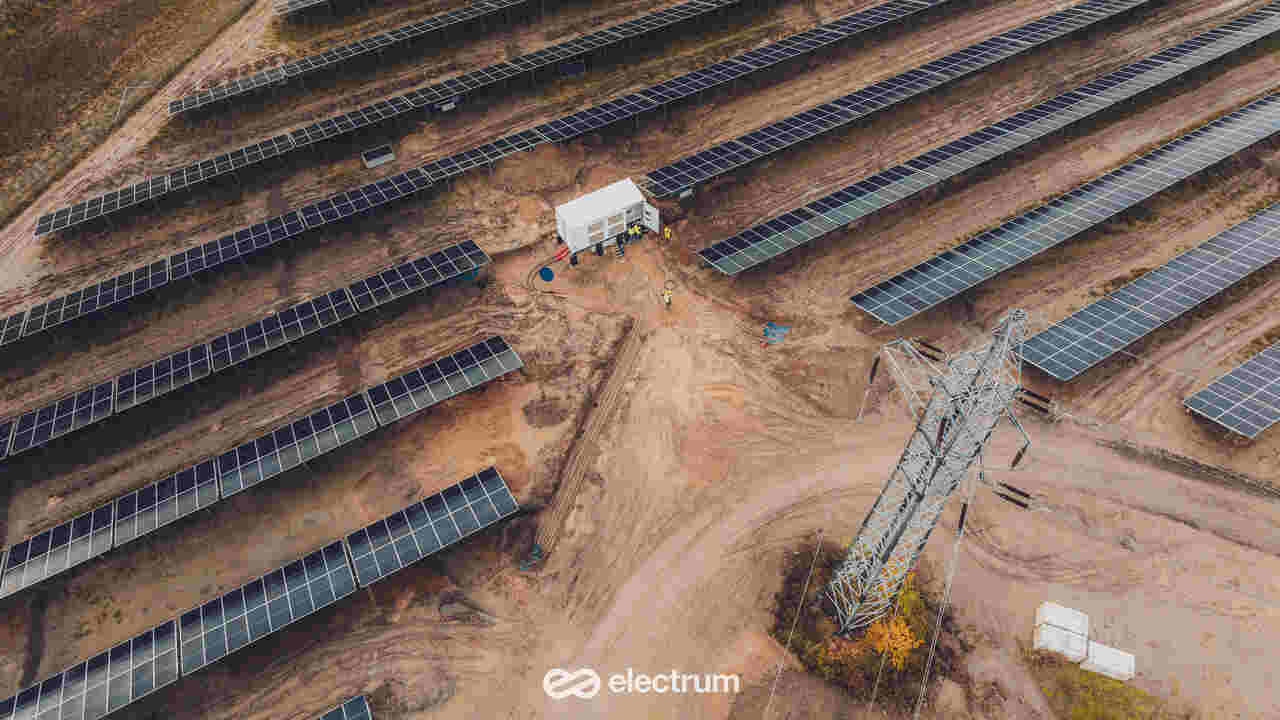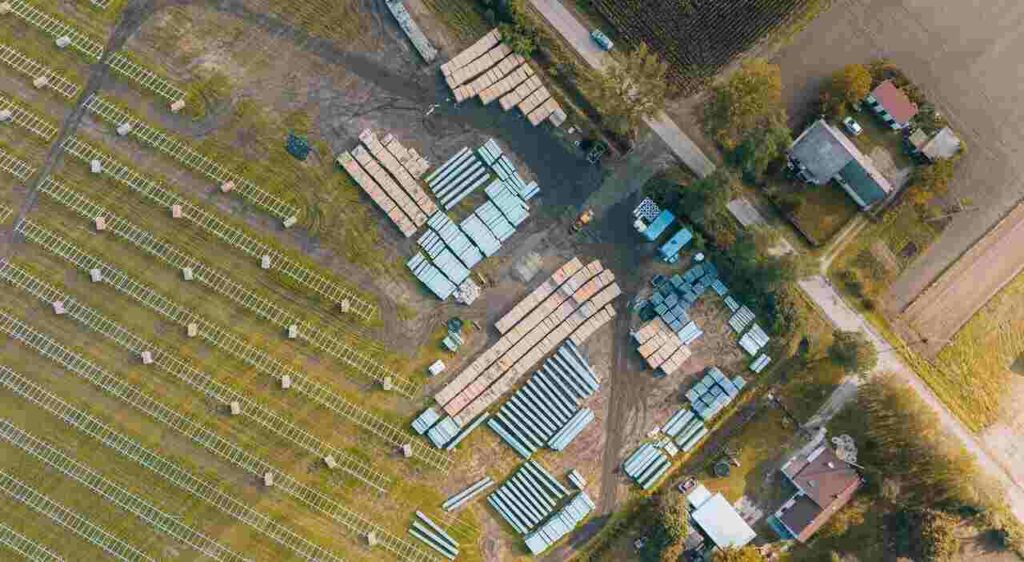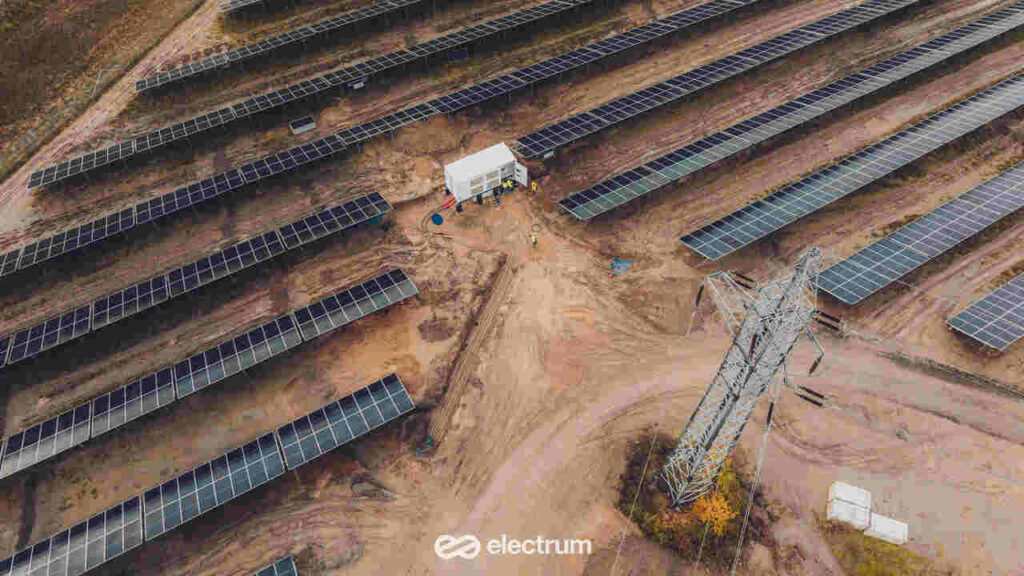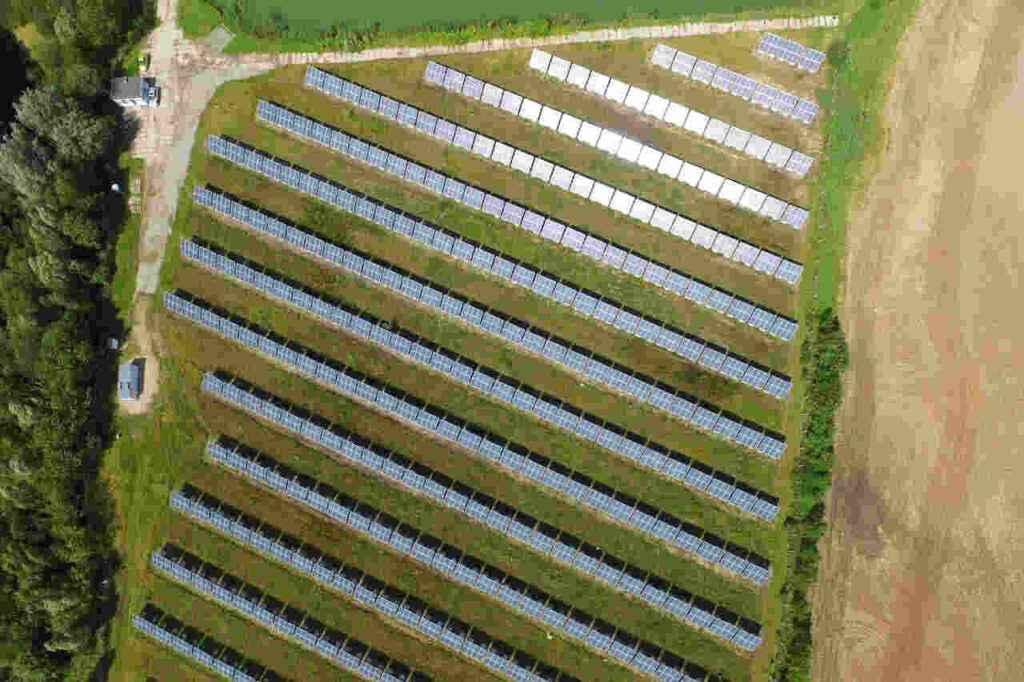In today’s article, we will analyze what type of land is suitable for an energy storage facility. This topic might be new to you, as discussions about leasing land for solar or wind farms are far more common. However, due to the rapid development of storage systems and the growing market needs, leasing land for this type of investment can prove to be very beneficial.
Read the article and find out if your land can be used to build an energy storage facility.
What conditions must the land meet to be leased for electric energy storage facilities?
Land suitable for an energy storage facility must meet several key requirements. We will now discuss each of them in turn.
Access to the power grid
The key difference between leasing land for electric energy storage facilities and a solar installation is that a BESS project (Battery Energy Storage System) should be located closer to a transformer station or transmission line. However, it is worth noting that this is not always necessary.
It is therefore important to check whether the local grid has sufficient capacity to handle the energy released by battery storage systems and that the cost of connecting to the grid is not too high.
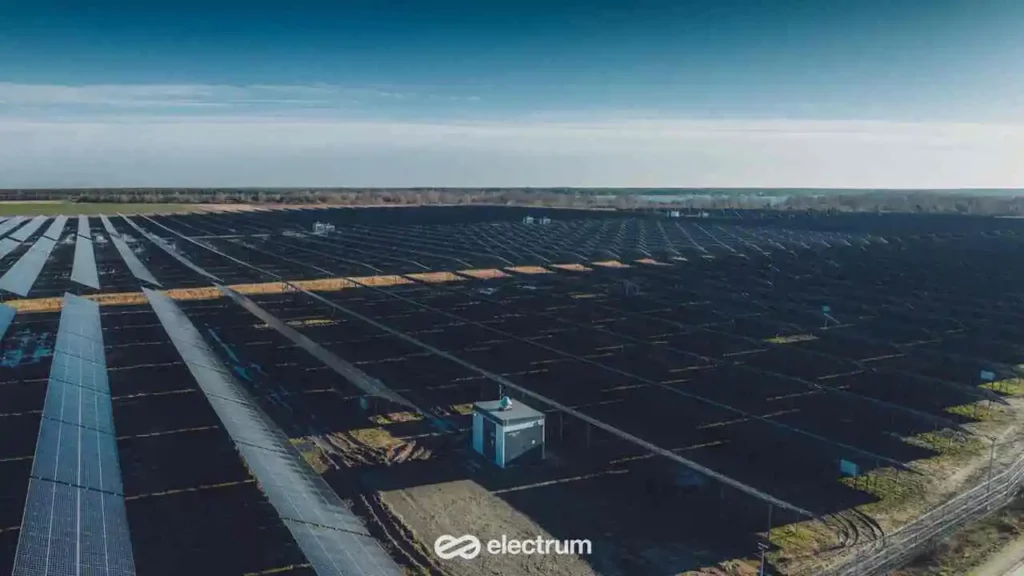
Topography of the land for energy storage
Similar to a solar farm, the land intended for a BESS energy storage project should be relatively flat, not located in wetland areas, and have access from access roads during both construction and maintenance.
Land area for energy storage
Land for an energy storage facility can usually be smaller than that for building a solar or wind farm. This can be a good opportunity for owners of smaller agricultural plots.
We have over 20 years of experience in the energy industry and know how to fully utilize the potential of your plot. Fill out the form at: We are looking for land and we will determine how best to use it.
Geotechnical stability of the land for energy storage
The land for an energy storage facility should be geotechnically stable to safely store energy batteries and other storage components. Stable land minimizes the risk of infrastructure damage related to ground movements.
Distance from the road and buildings
Access to the road is crucial both during the initial installation of the project and at later stages for maintenance purposes. Locations should not be at risk of flooding. Maintaining a sufficient distance from buildings ensures adequate fire protection.
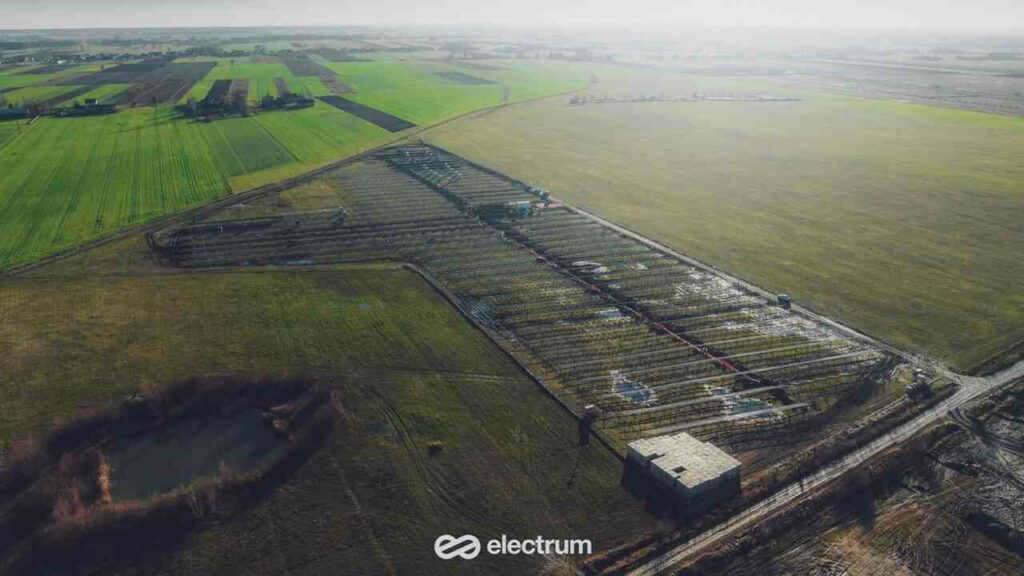
Environmental safety
It may be necessary to implement appropriate environmental protections to safeguard nearby ecosystems from the negative impacts of energy storage exploitation. This can be achieved, for example, through proper waste management or groundwater protection.
Compliance with applicable regulations
All activities related to the construction and operation of an energy storage facility must comply with local building regulations, environmental protection regulations, and occupational safety regulations.
How can BESS projects be more attractive to property owners than solar farms?
One advantage of an energy storage project on your property compared to a solar farm is that it requires less space. The exact number of modules that can be installed on one property depends on technical and economic factors.
We design solar farms, wind farms, energy storage facilities, and hybrid installations.
Read also: Solar Power System Design – What You Need to Know?
How do I find out if my property qualifies for a BESS project?
Leasing land for energy storage involves a series of analyses to maximize the potential of your land.
Fill out the form to tell us about your property:
We are looking for land for energy storage
What determines the amount of rental income?
The amount of rent depends on the number of units that can fit on a given plot and the cost of connecting to the grid. If costs are low, this can positively affect the amount of rent you receive.
We can conduct a review of your plot to analyze its potential.
Is it worth it? Absolutely!
We sign a lease agreement with the landowner usually for a long period. Owners receive payment (rental income – paid upfront with annual indexation), and the responsibilities related to the operation and maintenance of the storage facility rest on us (limiting the owner’s involvement to the necessary minimum). This way, you can earn income with virtually no involvement in the project.
Read also: Initial and basic rent in a lease agreement
Now you know what type of land is suitable for an energy storage facility and what is important for the investment to be successful. And if you are interested in this topic, also read: Leasing Land for Solar Panels and Energy Storage
